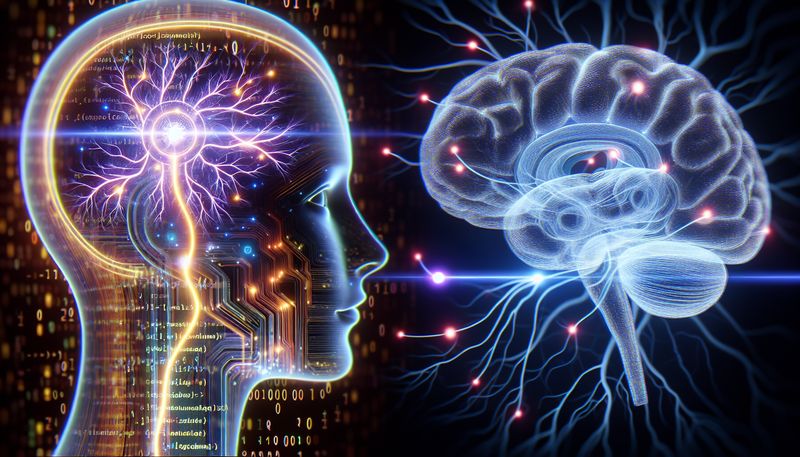Bridging the Gap between AI and Human Intelligence
20 April 24
Understanding the nuances of human conversation has long been a challenge in the artificial intelligence (AI) realm, but Train Of Thought's customized chatbots are revolutionizing this space. By leveraging a unique GPT engine, these AI chatbots are not only able to engage in intricate conversational exchanges but also learn and adapt from these interactions, edging closer to human-like intelligence.
One of the significant ways Train Of Thought's AI chatbots are closing the gap between artificial and human intelligence is through intuitive technology. The AI chatbots are designed to learn from bespoke content, including web pages, PDFs, and research documents. This ability allows the chatbot to provide expert advice and assistance within various industries, making technology more intuitive and user-friendly.
Moreover, these advanced AI chatbots transform the way organizations leverage their intellectual property. Whether it's aiding customers in selecting holiday destinations or analyzing legal case notes, Train Of Thought's chatbots streamline document retrieval and information accessibility. By continuously refreshing their knowledge from live databases and websites, they ensure that the information relayed is timely and relevant.
But it's not just about making data more accessible; it's also about maintaining the integrity and privacy of sensitive and confidential data. Train Of Thought employs advanced security measures, ensuring that the AI chatbots handle your information with utmost care.
Another fascinating aspect is the chatbot’s ability to transform raw data into dynamic, visual representations. This feature empowers professionals with the tools to create compelling, data-driven presentations or reports, thereby enhancing their operational capabilities across a broad spectrum of industries.
Overall, Train Of Thought's AI chatbots are not just bridging the gap between AI and human intelligence, they are transforming it. They're making technology more intuitive, data more accessible, and organizations more efficient. And as these AI chatbots continue to learn and adapt, we can expect the line between artificial and human intelligence to blur even further.

